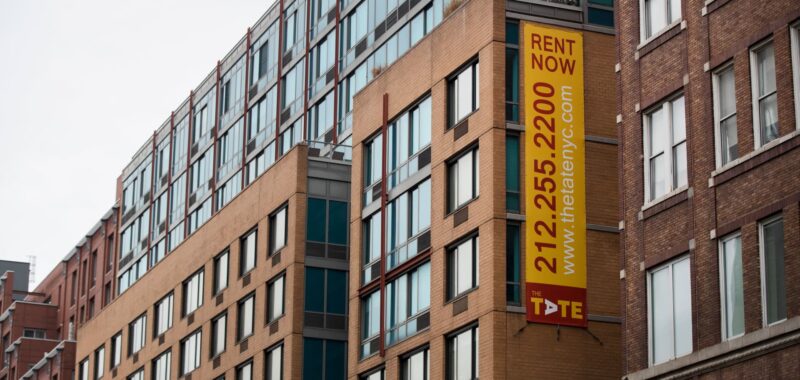
Renting has its benefits. It’s usually cheaper than buying a home, and it offers the freedom of moving without much hassle. That’s why about half of apartment renters in large urban markets usually move when their leases expire. But that is not happening now.
The low turnover is “striking,” according to real estate analyst Alex Goldfarb at Piper Sandler. He said some of the largest landlords are seeing turnover at just 30% compared with the industry norm of 50%.
He cited reasons including an unaffordable for-sale market, lack of rental supply on the coasts, nervousness about the economy and tariffs, the cost of moving and a shift to suburban apartments, which tend to be larger and more comfortable.
“The consequence is landlords are getting better pricing from renewals, as people don’t want to leave,” said Goldfarb. “It also improves [their] cash flow, because of lower turnover costs.”
Those costs would include repairs, painting and cleaning.
As a result, in the multifamily REIT sector, Goldfarb likes Essex Property Trust, with its large West Coast footprint. Equity Residential also benefits from that regional presence.
He noted the rebounds of San Francisco and Seattle, driven by artificial intelligence and tech companies like Amazon issuing return to office mandates, have helped real estate.
He’s neutral on the Sunbelt, which had been a hot pandemic play. Names like Camden Property Trust and Mid-America Apartment Communities had strong performances in the first quarter of this year, but could be hit hardest if there is a recession that leads to job losses.
As for the overall multifamily market, after declines last year due to record levels of new supply, rents are now coming back, up 0.9% year over year in the first quarter, according to CBRE. That is thanks to the strongest positive net absorption, or the change in the number of occupied units, since 2000 and more than triple the pre-pandemic first quarter average.
It marks the fourth consecutive quarter in which demand surpassed new construction completions, and that pushed the multifamily vacancy rate down to 4.8%, below its long term average of 5%.Â
“The first drop in vacant units in more than two years signals a crucial turning point in the multifamily sector,” said Kelli Carhart, leader of multifamily capital markets for CBRE. “This boost will lead to increased investment activity in 2025 as improving fundamentals continue to drive investor confidence capital deployment.”

